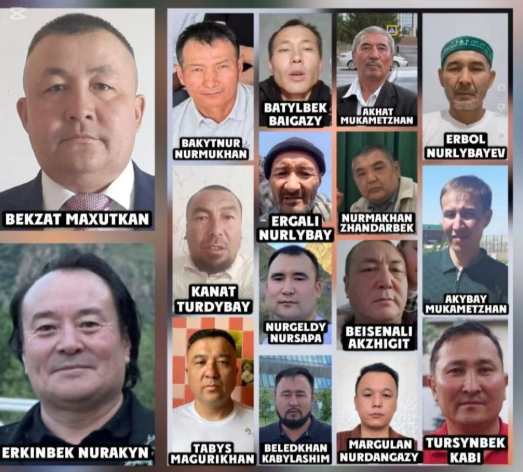A New Book on Tibetan Women Writers in Exile
- info775148
- 22. 5.
- Minut čtení: 2
China compelled them to leave their country. Exiled, they still speak with a powerful voice, Kunsang Dolma said.
May 22, 2025
Kunsang Dolma’s latest book, “Exile Women and Literature,” offers a crucial look at the overlooked literary voices of Tibetan women in exile. Introduced at the Library of Tibetan Works and Archives (LTWA) in Dharamshala, this publication is supported by the Washington-based advocacy organization International Campaign for Tibet (ICT). Dolma’s objective is to gather and assess the literary contributions of Tibetan women in exile by conducting data collection and comparative analysis.
This book stems from Dolma’s thorough research that commenced in 2022. She initiated this project to document the literary contributions of Tibetan women in exile and to highlight their circumstances. Dolma’s work chronicles nearly thirty Tibetan women who escaped Tibet and have written in both English and Tibetan during their time in exile. Furthermore, she discovered approximately twenty Tibetan women who produced literary works that remain unpublished. Her collection also features around twenty journals, newspapers, periodicals, and articles authored by Tibetan women, showcasing a vibrant literary tradition in exile.
Dolma observes that more Tibetan women writers choose to write in English rather than in Tibetan. This observation illuminates the intricate relationship between language and identity among Tibetan women living in exile. The book explores the motivations behind Dolma’s endeavors. She reveals that her inspiration emerged after she was invited to speak at the Dalai Lama Institute for Higher Education (DLIHE) about “The Role of Tibetan Women in Contemporary Society.” Drawing from nearly a decade of writing and research experience since her exile, Dolma contemplated the impact of Tibetan women writers in the diaspora. This contemplation made her realize that there was no existing compilation of their literary contributions, prompting her to pursue this writing project.

The work “Exile Women and Literature” emphasizes the achievements of five notable Tibetan women authors: Tsering Wangmo Dhompa, Tsering Yangzom Lama, Tenzin Dickey (also spelled Tenzin Dickie), Monsal Pekar, and Nyima Tso. Dolma elaborates on each writer, offering an in-depth look at their contributions and importance. For example, Tsering Wangmo Dhompa, who was born in India, writes poignantly about the feelings associated with being stateless, particularly after losing her beloved mother at the age of twenty-three. Her writings delve into the essence of living without a homeland and how to transform that experience into literary form.
Tsering Yangzom Lama distinguishes herself through her distinctive method of character development in contemporary fiction. Her viewpoint provides a novel contrast to literature produced within Tibet.
Tenzin Dickey (Dickie) serves as a powerful example by uniting voices from different backgrounds, gathering writers in exile from Tibet and around the world into a cohesive anthology. Her efforts illustrate how literature can foster solidarity and collaboration, even among stateless communities.
“Exile Women and Literature” is an innovative work highlighting the significant but frequently neglected contributions of Tibetan women writers living in exile. Kunsang Dolma’s thorough research and insightful analysis render this book a must-read for those interested in the Chinese suppression of Tibetan culture, Tibetan literature, women’s studies, and the broader themes of exile and identity.
Source: bitterwinter.org











Komentáře